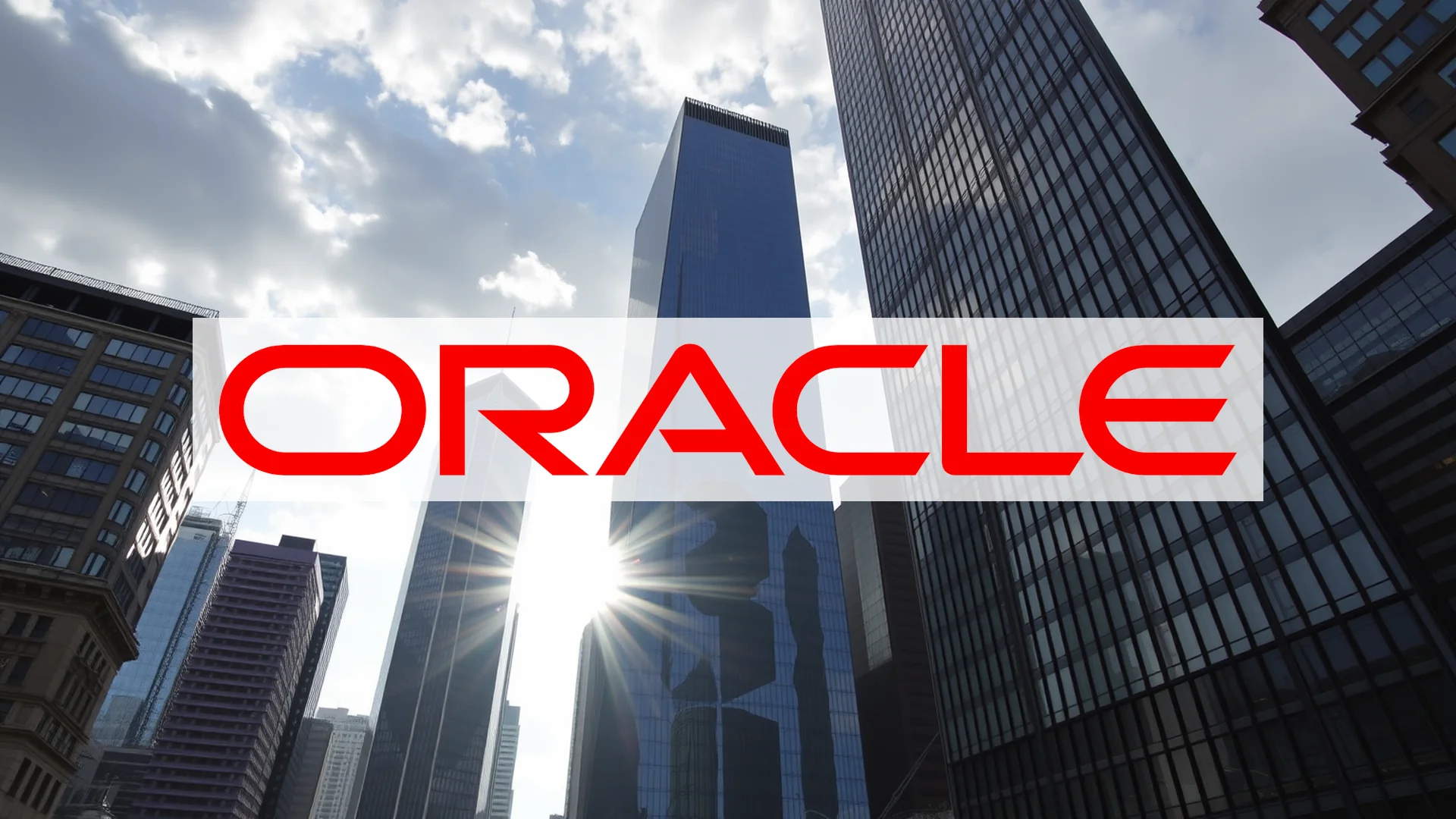After a prolonged period of decline, Peloton Interactive is demonstrating signs of a potential recovery. The fitness equipment provider recently posted quarterly results that surpassed market expectations and announced a high-profile collaboration with Formula 1. However, the critical question remains whether these positive developments can effectively counter the company’s more profound, structural challenges.
A Strategic Alliance with Global Appeal
Shortly after its earnings release, Peloton delivered another significant announcement: securing an exclusive fitness partnership with the Formula 1 Grand Prix in Las Vegas. This collaboration will introduce specialized training programs, on-location recorded classes, and virtual “Scenic” rides along the Las Vegas Strip to its home fitness platforms. For a brand in urgent need of revitalizing its image, this association with a premier global sporting event could provide a substantial boost.
The market’s reaction to this news has been mixed, reflecting ongoing uncertainty. Institutional investor Campbell & CO nearly doubled its stake in the company, demonstrating a vote of confidence. Conversely, Fox Run Management slashed its holdings by almost 80 percent, signaling persistent concerns about Peloton’s long-term viability.
Quarterly Performance: Exceeding Diminished Expectations
In its first-quarter 2026 report, Peloton presented an unexpected show of strength. The company outperformed analyst projections for both earnings per share and revenue. More notably, management expressed sufficient confidence to raise its full-year guidance for adjusted EBITDA. This upward revision suggests that stringent cost-cutting measures and operational efficiency improvements are finally yielding tangible benefits.
Should investors sell immediately? Or is it worth buying Peloton?
Despite these encouraging signals, underlying weaknesses persist. Revenue continued its downward trajectory, contracting by 6 percent year-over-year. This highlights the ongoing struggle to stabilize the company’s top-line performance, even as profitability metrics show improvement.
The Uphill Battle for Sustained Growth
Beneath the surface of recent positive headlines, Peloton’s fundamental challenges remain largely intact. Management’s forecast for the current quarter projects minimal growth of just 0.2 percent. More alarmingly, the number of paying fitness subscribers is expected to decline by 8 percent, revealing the core issue Peloton continues to face: customer retention and acquisition.
The stock, currently trading at €6.43, has shed more than a quarter of its value since the beginning of the year. It remains a substantial 36 percent below its 52-week high. While the recent rebound is noteworthy, the path to full recovery appears arduous.
The central dilemma for investors is whether Peloton’s combination of glamorous marketing partnerships and financial discipline can engineer a genuine turnaround, or if the current optimism will prove transient. The company’s ability to convert short-term enthusiasm into lasting subscriber growth and revenue expansion will ultimately determine the answer.
Ad
Peloton Stock: Buy or Sell?! New Peloton Analysis from November 16 delivers the answer:
The latest Peloton figures speak for themselves: Urgent action needed for Peloton investors. Is it worth buying or should you sell? Find out what to do now in the current free analysis from November 16.
Peloton: Buy or sell? Read more here...










